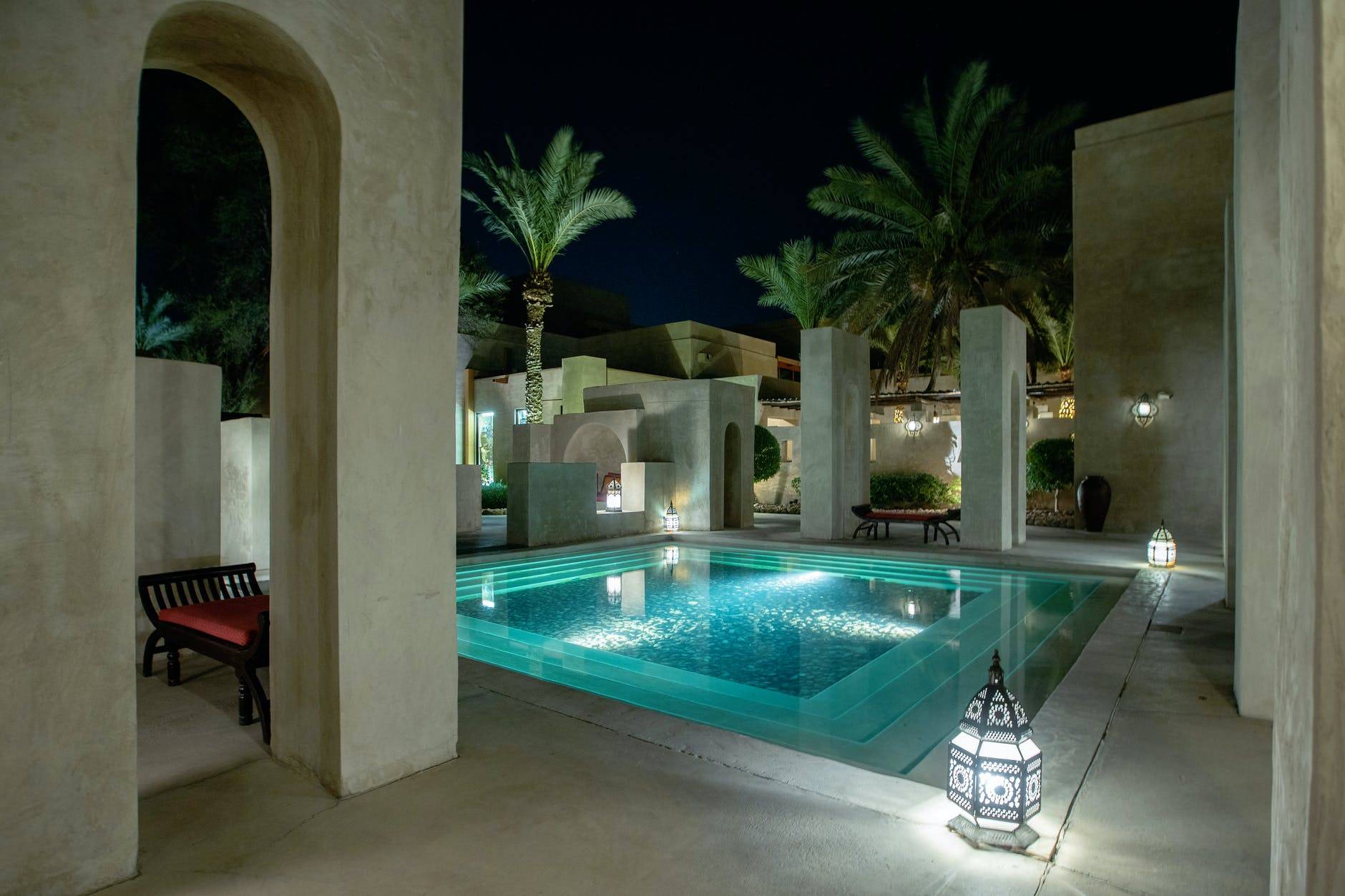- Oct 8, 2020
- 543
- Pool Size
- 19440
- Surface
- Plaster
- Chlorine
- Salt Water Generator
- SWG Type
- Jandy Aquapure 1400
I know I've posted about this before. I got some really great advice, in particular the notes section from this page:

 www.troublefreepool.com
www.troublefreepool.com
I put 5 drops R12 before the test and I don't really feel like that's helping anymore. It's getting difficult to know when to stop putting drops in, because the solution takes sooo long to change to blue. If I stop the drops for a few seconds, I can see the color slowly changing to blue as it is being stirred (I'm using the magnetic stirrer). There's another point in the notes about adding in distilled water. Do I need to consider doing this? CH is already such a pain in the rear...
The past two months I've gotten a CH reading of about 600. I don't feel confident that is accurate due to my uncertainty on when to stop putting R12 in. I usually go very slowly and wait for it to fade to blue, but the color changes are so subtle it's difficult to tell. This test feels more subjective than CYA at this point!
Assuming my CH of 600 is accurate, I'm getting nervous about it getting to high. I guess I'm just not getting enough rain. I haven't done a drain of my pool yet, nor do I know the procedure to do that, nor do I know when I should consider doing it (like, how far out of the recommended range should I let CH go).
What can I do to make CH testing more accurate, and is it more difficult to test as the CH gets higher? I don't remember it being this hard to test when it was a few hundred less...
And when do I need to worry about my CH levels? I know I'm not quite at the recommended max yet but i'm seeing a steady increase...

Calcium Hardness
A drop-based test that measures the hardness in your water. Once measured, it is used … Read more…
I put 5 drops R12 before the test and I don't really feel like that's helping anymore. It's getting difficult to know when to stop putting drops in, because the solution takes sooo long to change to blue. If I stop the drops for a few seconds, I can see the color slowly changing to blue as it is being stirred (I'm using the magnetic stirrer). There's another point in the notes about adding in distilled water. Do I need to consider doing this? CH is already such a pain in the rear...
The past two months I've gotten a CH reading of about 600. I don't feel confident that is accurate due to my uncertainty on when to stop putting R12 in. I usually go very slowly and wait for it to fade to blue, but the color changes are so subtle it's difficult to tell. This test feels more subjective than CYA at this point!
Assuming my CH of 600 is accurate, I'm getting nervous about it getting to high. I guess I'm just not getting enough rain. I haven't done a drain of my pool yet, nor do I know the procedure to do that, nor do I know when I should consider doing it (like, how far out of the recommended range should I let CH go).
What can I do to make CH testing more accurate, and is it more difficult to test as the CH gets higher? I don't remember it being this hard to test when it was a few hundred less...
And when do I need to worry about my CH levels? I know I'm not quite at the recommended max yet but i'm seeing a steady increase...

